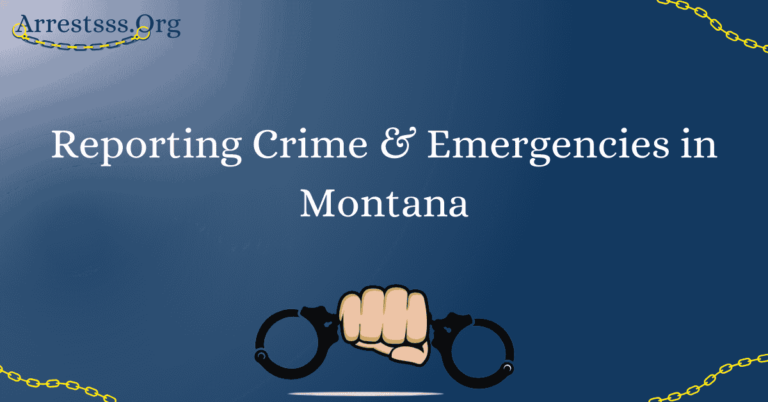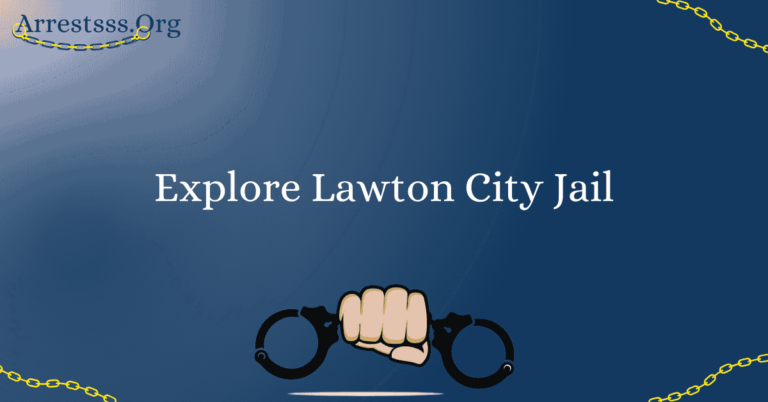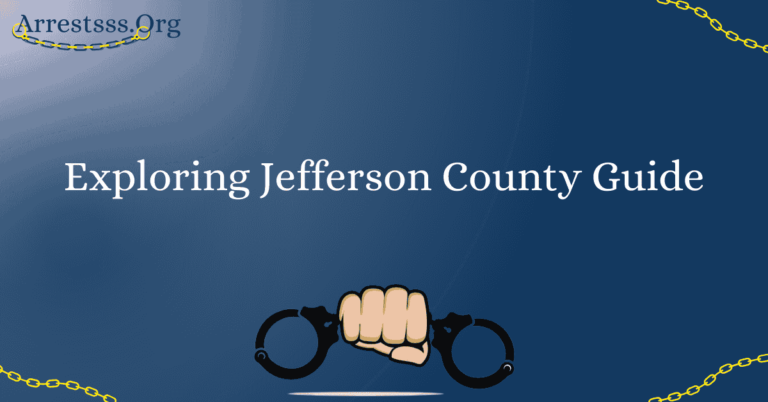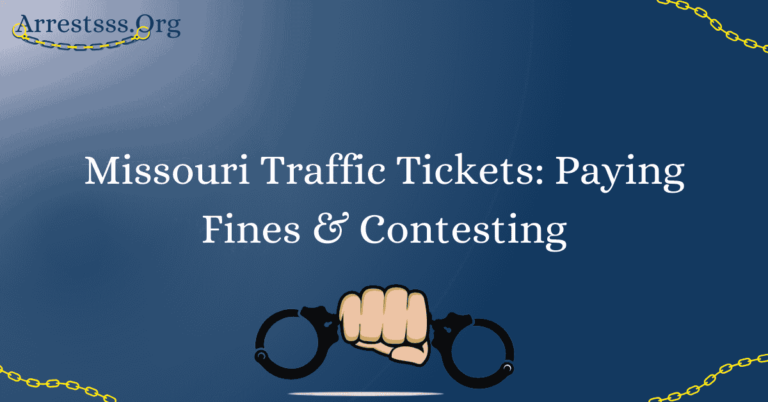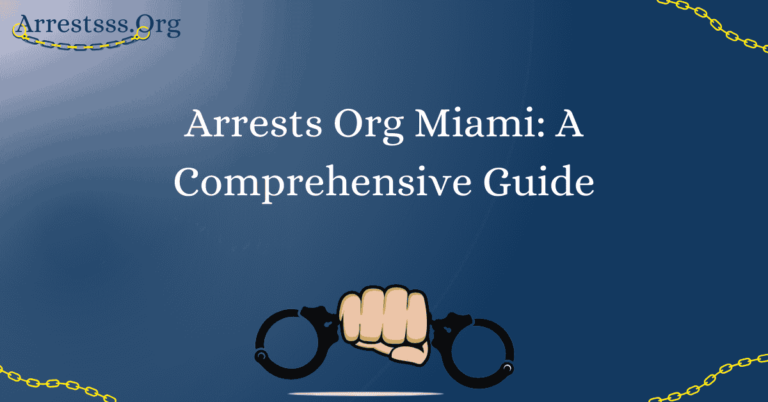NJ Bail Reform: A Comprehensive Overview
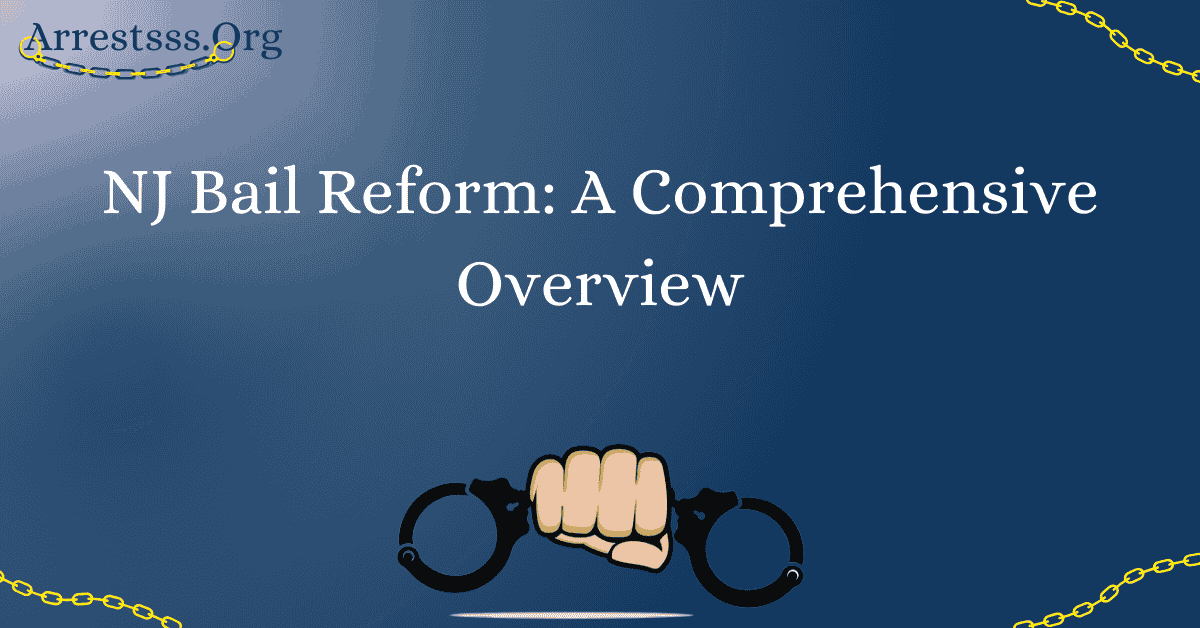
In recent years, New Jersey has witnessed a profound transformation in its criminal justice system through the implementation of bail reform. This comprehensive article aims to explore New Jersey’s bail reform, offering insights into its origins, objectives, impact, challenges, and the pursuit of fairness and justice within the system.
The Origins of NJ Bail Reform
The journey toward bail reform in New Jersey commenced in 2014, marked by substantial changes to the state’s criminal justice system. These changes were introduced to address long-standing issues associated with bail, such as the disproportionate use of cash bail, resulting in inequalities in pretrial detention.
The Objectives of Bail Reform
At its core, New Jersey’s bail reform seeks to establish a more equitable pretrial system. This reform involves a shift away from cash bail, which frequently led to the incarceration of low-income defendants while enabling wealthier individuals to secure their release. Instead, the focus is on evaluating a defendant’s risk to public safety and their likelihood to appear in court, irrespective of their financial means.
Impact on Pretrial Detention
One of the most noticeable outcomes of bail reform in New Jersey is the reduction in pretrial detention rates. Under the previous system, many individuals languished in jail solely because they couldn’t afford bail. With the reform in place, a greater number of people are eligible for pretrial release, provided they do not pose a significant risk to society.
Challenges and Controversies
While New Jersey’s bail reform has garnered praise for its intentions, it has also faced criticism and encountered challenges. Some critics argue that it may not have fully achieved its primary goals, leading to concerns about public safety and the effectiveness of the new system.
Ensuring Fairness and Justice
In conclusion, New Jersey’s bail reform signifies a substantial shift in the state’s approach to pretrial detention and the criminal justice system as a whole. As we delve deeper into this article, we will explore the key aspects of the reform, including the risk assessment process, the role of judges, and the impact on various stakeholders. By the end, you will possess a comprehensive understanding of the complexities and implications of this groundbreaking reform.
FAQ’s
What is the primary goal of New Jersey’s bail reform?
The primary objective of New Jersey’s bail reform is to create a fairer and more equitable pretrial system by reducing reliance on cash bail and evaluating a defendant’s risk to public safety and likelihood to appear in court.
Has bail reform led to an increase in crime rates in New Jersey?
There is no conclusive evidence indicating that bail reform has caused an increase in crime rates in New Jersey. The reform’s focus on risk assessment aims to ensure public safety while minimizing unnecessary pretrial detention.
How does the risk assessment process work in bail reform?
The risk assessment process involves an evaluation of a defendant’s criminal history, community ties, and other factors to determine their risk level. This assessment assists judges in making informed decisions regarding pretrial release conditions.
What challenges has New Jersey’s bail reform faced since its implementation?
New Jersey’s bail reform has encountered challenges related to its effectiveness in achieving its goals, concerns regarding public safety, and debates over the fairness of certain outcomes. These challenges have prompted ongoing discussions about potential adjustments to the reform.
Does bail reform apply to all types of offenses in New Jersey?
Bail reform in New Jersey typically applies to most criminal offenses. However, some severe crimes may still involve a traditional bail process, depending on the circumstances and judicial discretion.

